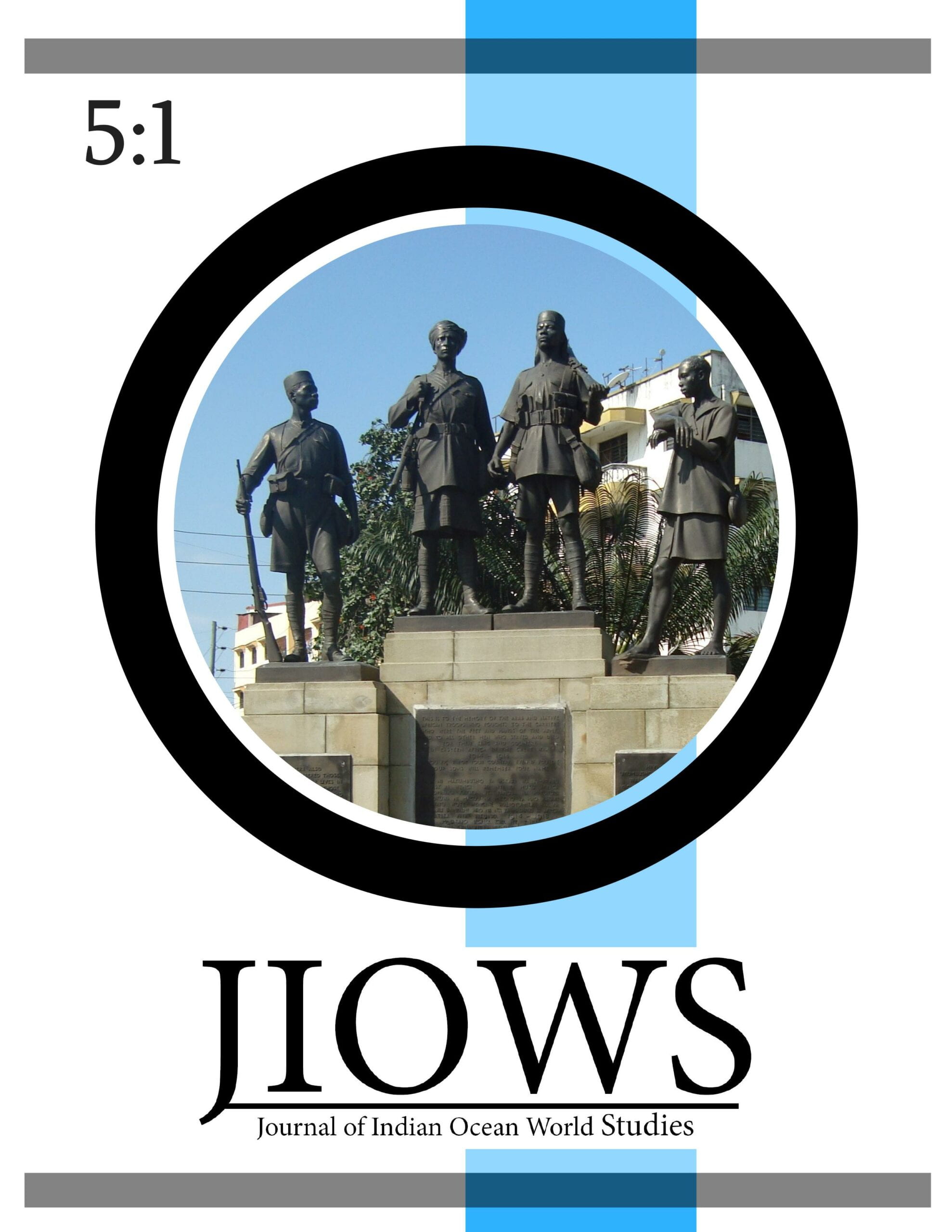 Issue on Port Cities, Edited by Vidhya Raveedranathan
Issue on Port Cities, Edited by Vidhya Raveedranathan
Contents:
Guest Editors’ Introduction, by Vidhya Raveendranathan
Shifting Tides: The Port City of Mombasa and the First World War, by Daniel Steinbach
“Owned them like a Father”: Labor Contractors, Port Workers, and the Makings of Ethnicity in Singapore, by Laura Yan
The Indus Delta Between Past and Future: Precarious Livelihoods and Neoliberal Imaginaries in a Parched Coastal Belt, by Hasan H. Karrar
William Tolly and His Canal: Navigating Calcutta in the Late-Eighteenth Century, by Kaustubh Mani Sengupta
Aji Alatas, What is Religious Authority? Cultivating Islamic Communities in Indonesia (Princeton, 2021)
In this book, I explore alternative ways of understanding of Islamic religious authority, showing how religious leaders unite diverse aspects of life and contest differing Muslim perspectives to create distinctly Muslim communities. Taking readers from the eighteenth century to today, I trace the movements of Muslim saints and scholars from Yemen to Indonesia and looks at how they traversed complex cultural settings while opening new channels for the transmission of Islamic teachings. I describe the rise to prominence of Indonesia’s leading Sufi master, Habib Luthfi, and his rivalries with competing religious leaders, revealing why some Muslim voices become authoritative while others don’t. I examine how Habib Luthfi has used the infrastructures of the Sufi order and the Indonesian state to build a durable religious community, while deploying genealogy and hagiography to present himself as a successor of the Prophet Muḥammad. The book demonstrates how the concrete and sustained labors of translation, mobilization, collaboration, and competition are the very dynamics that give Islam its power and diversity.
Aisha Khan, The Deepest Dye : Obeah, Hosay, and Race in the Atlantic World (Harvard, 2021) NYU EBOOK CENTRAL
